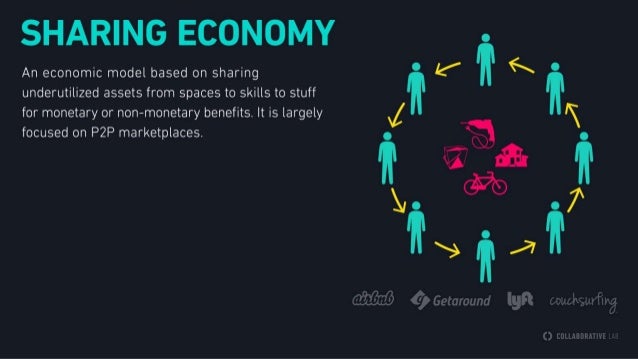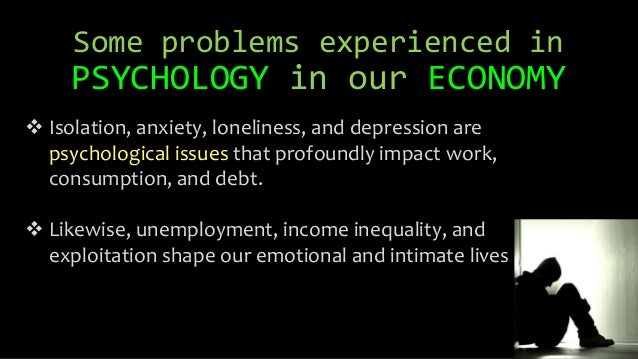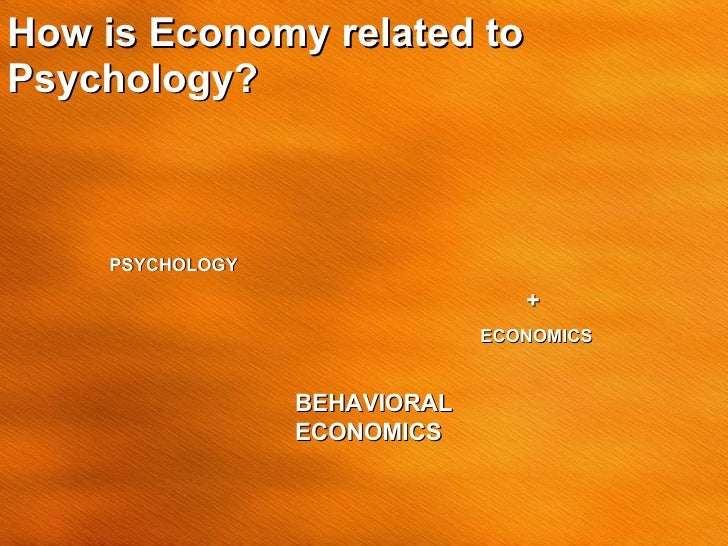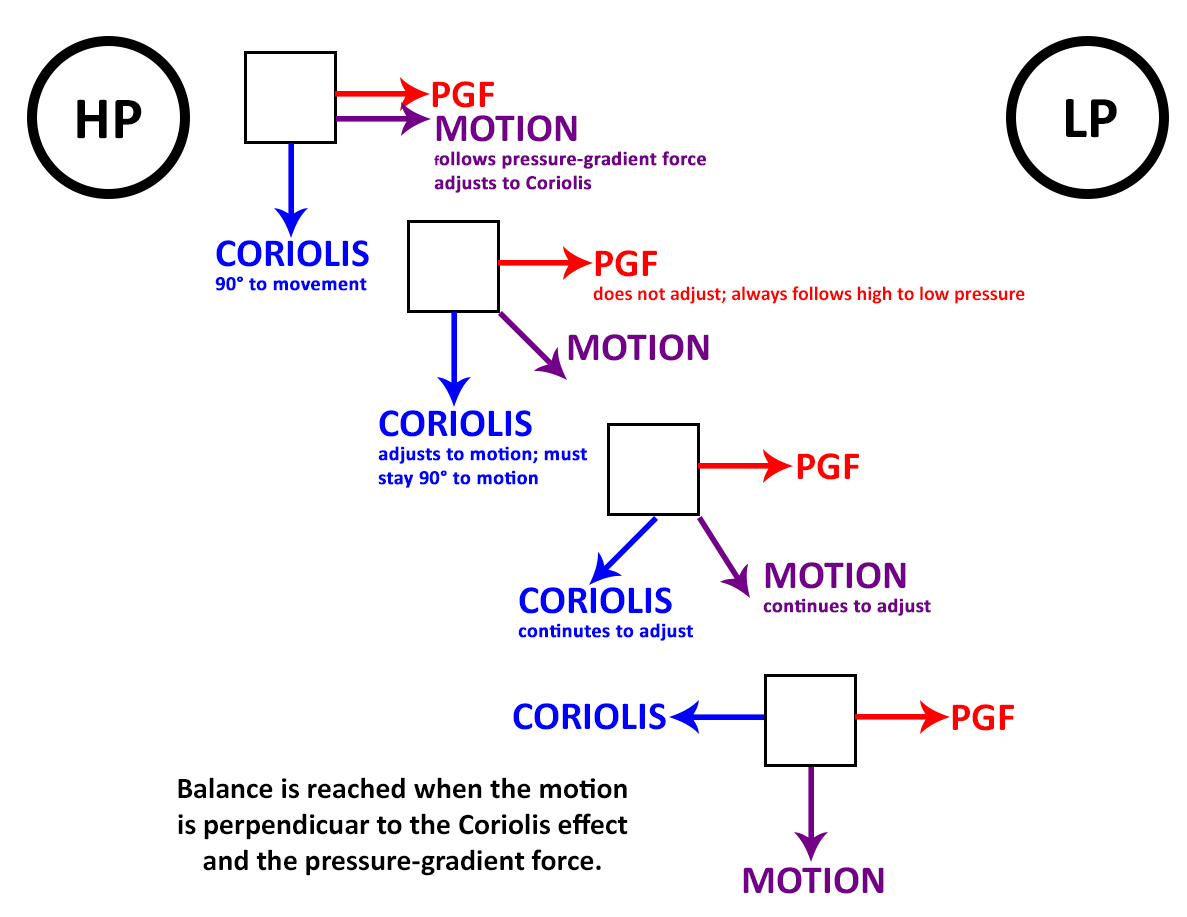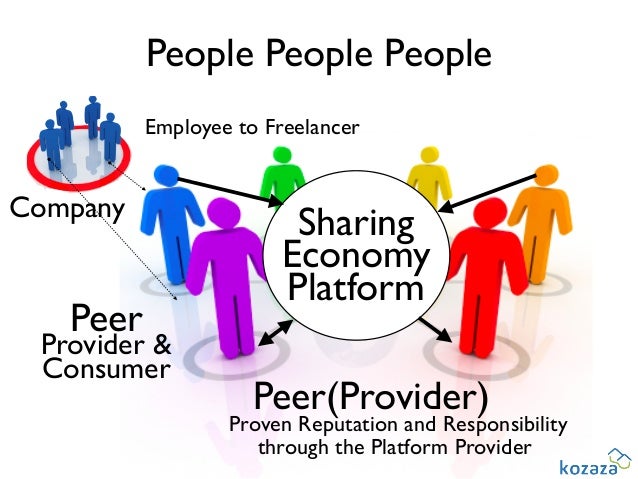
My blog gives all data, facts and statistics about global real politic economic system, factors of production, poverty and inequality. Also I give information about popular hedonic life of human-beings. I believe that economy science must become a holistic social science that includes all multi dimensions of human (body, mind, soul) and to give inspiration (motivation) to become perfect "homo-economicus" generations for the 21th century.
Economy etiketine sahip kayıtlar gösteriliyor. Tüm kayıtları göster
Economy etiketine sahip kayıtlar gösteriliyor. Tüm kayıtları göster
4/12/2018
2/26/2018
2/22/2018
The Agony and Ecstasy of the Gig Economy...
When we think about work, we usually picture office employees or factory workers clocking in and out of their jobs. But many people are no longer tethered to an organization. By one estimate, more than a fifth of the American labor force performs work that is not part of a traditional full-time job.
“The shape of work is shifting radically,” says Amy Wrzesniewski, a professor of organizational behavior at Yale SOM whose research focuses on how people experience and make meaning of their work.
In the past, most research on work identity investigated how people relate to employers. “We tended to conflate work with organizations,” Wrzesniewski says. Even when studies examined independent work, they usually focused on people who were members of occupational communities, such as freelance creative workers.
In a new study recently published in Administrative Science Quarterly, Wrzesniewski, Gianpiero Petriglieri of INSEAD, and Sue Ashford of the University of Michigan delved into the lives of independent workers. The researchers found that independent workers seemed much more sensitive to setbacks than typical employees. But the study participants also felt their work was more meaningful than an office job. “The lows are much lower; the highs are much higher,” Wrzesniewski says.
Global Economy to Up to 3.1 percent in 2018 but Future Growth a Concern
WASHINGTON, January 9, 2018— The World Bank forecasts global economic growth to edge up to 3.1 percent in 2018 after a much stronger-than-expected 2017, as the recovery in investment, manufacturing, and trade continues, and as commodity-exporting developing economies benefit from firming commodity prices.
However, this is largely seen as a short-term upswing. Over the longer term, slowing potential growth—a measure of how fast an economy can expand when labor and capital are fully employed—puts at risk gains in improving living standards and reducing poverty around the world, the World Bank warns in its January 2018 Global Economic Prospects.
2/20/2018
Coriolis Effect in Economy...As above so below...
 so economic policies will at the end change the intended direction...
so economic policies will at the end change the intended direction...
11/27/2016
The Darwin Economy: Liberty, Competition, and the Common Good Robert H. Frank

Who was the greater economist--Adam Smith or Charles Darwin? The question seems absurd. Darwin, after all, was a naturalist, not an economist. But Robert Frank, New York Times economics columnist and best-selling author of The Economic Naturalist, predicts that within the next century Darwin will unseat Smith as the intellectual founder of economics. The reason, Frank argues, is that Darwin's understanding of competition describes economic reality far more accurately than Smith's. And the consequences of this fact are profound. Indeed, the failure to recognize that we live in Darwin's world rather than Smith's is putting us all at risk by preventing us from seeing that competition alone will not solve our problems.
Smith's theory of the invisible hand, which says that competition channels self-interest for the common good, is probably the most widely cited argument today in favor of unbridled competition--and against regulation, taxation, and even government itself. But what if Smith's idea was almost an exception to the general rule of competition? That's what Frank argues, resting his case on Darwin's insight that individual and group interests often diverge sharply. Far from creating a perfect world, economic competition often leads to "arms races," encouraging behaviors that not only cause enormous harm to the group but also provide no lasting advantages for individuals, since any gains tend to be relative and mutually offsetting.
The good news is that we have the ability to tame the Darwin economy. The best solution is not to prohibit harmful behaviors but to tax them. By doing so, we could make the economic pie larger, eliminate government debt, and provide better public services, all without requiring painful sacrifices from anyone. That's a bold claim, Frank concedes, but it follows directly from logic and evidence that most people already accept.
In a new afterword, Frank further explores how the themes of inequality and competition are driving today's public debate on how much government we need
11/03/2016
Halloween Spend a Treat for Economy...
Consumers planning to dole out sweet treats to dressed up trick-or-treaters are predicted to spend 5.5% more on Halloween candy compared to last year, bringing the anticipated total spend to $3.8 billion – or $30.60 per household. If realized, it would be the most robust growth rate since 2011, according to data from IHS Global Insight. The firm calculates Halloween candy spending as estimated seasonally-adjusted October personal consumption expenditures on candy and chewing gum.
The reason for the added spooky spending is simple: Consumers continue to feel confident about the overall economic outlook, and are willing to stretch their pocketbooks a little wider. Consumers have been doing much of the heavy lifting for the economy so far this year, and Halloween spending isn’t expected to be any different, said Chris Christopher, IHS director of consumer economics.
“Overall, real consumer spending has been relatively strong since last Halloween due to modest consumer price inflation, low gasoline prices, better employment opportunities and improved household finances,” he explained.
By Victoria Craig Economic Indicators FOXBusiness
http://www.foxbusiness.com/features/2016/10/28/no-tricks-higher-expected-halloween-spend-treat-for-economy.html
By Victoria Craig Economic Indicators FOXBusiness
http://www.foxbusiness.com/features/2016/10/28/no-tricks-higher-expected-halloween-spend-treat-for-economy.html
10/23/2016
Economy of the United States of America
The United States is the world's largest national economy in nominal terms and second largest according to purchasing power parity (PPP), representing 22% of nominal global GDP and 17% of gross world product (GWP). The United States' GDP was estimated to be $17.914 trillion as of Q2 2015. The U.S. dollar is the currency most used in international transactions and is the world's foremost reserve currency, backed by its science and technology, its military, the full faith of the US government to reimburse its debts, its central role in a range of international institutions since World War II and thepetrodollar system. Several countries use it as their official currency, and in many others it is the de facto currency.The United States has a mixed economy and has maintained a stable overall GDP growth rate, a moderate unemployment rate, and high levels of research and capital investment. Its seven largest trading partners are Canada,China, Mexico, Japan, Germany, South Korea, and the United Kingdom.[
The US has abundant natural resources, a well-developed infrastructure, and high productivity. It has the world's ninth-highest per capita GDP (nominal) and tenth-highest per capita GDP (PPP) as of 2013. Americans have the highest average household and employee income among OECD nations, and in 2010 had the fourth highest median household income, down from second highest in 2007. It has been the world's largest national economy (not including colonial empires) since at least the 1890s.[
The U.S. is the world's largest producer of oil and natural gas. It is one of the largest trading nations in the world as well as the world's second largest manufacturer, representing a fifth of the global manufacturing output. The US not only has the largest internal market for goods, but also dominates the trade in services. US total trade amounted to $4.93T in 2012. Of the world's 500 largest companies, 128 are headquartered in the US. The consumer market of the US represents the largest in the world.The United States has one of the world's largest and most influential financial markets. The New York Stock Exchange is by far the world's largest stock exchange by market capitalization. Foreign investments made in the US total almost $2.4 trillion, while American investments in foreign countries total over $3.3 trillion. The economy of the U.S. leads in international ranking on venture capital and Global Research and Development funding. Consumer spendingcomprises 71% of the US economy in 2013. The United States has the largest consumer market in the world, with ahousehold final consumption expenditure five times larger than Japan's. The labor market has attracted immigrants from all over the world and its net migration rate is among the highest in the world. The U.S. is one of the top-performing economies in studies such as the Ease of Doing Business Index, the Global Competitiveness Report, and others.
The US economy went through an economic downturn following the financial crisis of 2007–08, with output as late as 2013 still below potential according to the Congressional Budget Office. The economy, however, began to recover in the second half of 2009, and as of November 2015, unemployment had declined from a high of 10% to 5%.
In December 2014, public debt was slightly more than 100% of GDP. Domestic financial assets totaled $131 trillion and domestic financial liabilities totaled $106 trillion.[
Source:(www.en.wikipedia.org)
Economy of China
China's socialist market economy is the world's second largest economy by nominal GDP, and the world's largest economy by purchasing power parity according to the IMF, although China's National Bureau of Statistics rejects this claim. Until 2015 China was the world's fastest-growing major economy, with growth rates averaging 10% over 30 years. Due to historical and political facts of China's developing economy, China's public sector accounts for a bigger share of the national economy than the burgeoning private sector.
China is a global hub for manufacturing, and is the largest manufacturing economy in the world as well as the largest exporter of goods in the world. China is also the world's fastest growing consumer market and second largest importer of goods in the world. China is a net importer of services products.
China is the largest trading nation in the world and plays the most important role in international trade, and has increasingly engaged in trade organizations and treaties in recent years. China became a member of the World Trade Organization in 2001. China also has free trade agreements with several nations, including Australia, South Korea,ASEAN, New Zealand, Switzerland and Pakistan.[
On a per capita income basis, China ranked 72nd by nominal GDP and 84th by GDP (PPP) in 2015, according to theInternational Monetary Fund (IMF). The provinces in the coastal regions of China tend to be more industrialized, while regions in the hinterland are less developed. As China's economic importance has grown, so has attention to the structure and health of the economy.
Source:(en.wikipedia.org)
$21.3 trillion (PPP; 2016)[ | |
| GDP rank | 2nd (nominal); 1st (PPP) |
|---|---|
GDP growth
| 6.9% (2015) 7.3% (2014)[ |
GDP per capita
| $9,000 (nominal; 2016) $16,000 (PPP; 2016)[ |
GDP per capita rank
| 73rd (nominal); 84th (PPP) |
GDP by sector
| agriculture: 9%, industry: 40.5%, services: 50.5% (2015)[5] |
Population belowpoverty line
| |
| 46.2 (2015) | |
Labour force
| 807 million (1st; 2015)[7] |
Labour force by occupation
| agriculture: 29.5%, industry: 29.9%, services: 40.6% (2014) |
| Unemployment | 4.05% (2015)[8] |
Average gross salary
| $9,000, annual (2016) |
| $6,000, annual (2016)[9] | |
Main industries
| mining and ore processing, iron, steel, aluminum, and other metals, coal; textiles and apparel; petroleum; cement; chemicals; fertilizers; consumer products, including footwear, toys, and electronics; food processing; transportation equipment, including automobiles, rail cars and locomotives, ships, aircraft and other vehicles; telecommunication and industruial equipment; machinery; heavy engineering; commercial space launch vehicles, satellites, manufacturing |
| 90th (2015)[10] | |
| External | |
| Exports | $2.3 trillion (2015[11]) |
Export goods
| Electrical and other machinery, including data processing equipment, apparel, textiles, iron and steel, optical and medical equipment, as well as almost every single category of industrial products. |
Main export partners
| |
| Imports | $1.7 trillion (2015[11]) |
Import goods
| Electrical and other machinery, oil and mineral fuels, optical and medical equipment, metal ores, plastics, organic chemicals |
Main import partners
| |
FDI stock
| $1.3 trillion (2012)[14] |
Gross external debt
| $0.9 trillion (2013) |
| Public finances | |
| Revenues | $2.1 trillion (2013 est.) |
| Expenses | $2.3 trillion (2013 est.) |
| AA- (Domestic) AA- (Foreign) AA- (T&C Assessment) (Standard & Poor's)[16] | |
Foreign reserves
| |
Kaydol:
Yorumlar (Atom)
Why the heck is there still an automotive chip shortage?
A side from the raw, human toll, COVID-19 has dramatically changed how we live, from travel and education to the way people work. This ...
-
The beauty of science may be pure and eternal, but the practice of science costs money. And scientists, being human, respond to incentives ...
-
Roubini is one of few economists who predicted the housing bubble crash of 2007-2008. He warned about the crisis in an IMF position paper in...
-
Blockchain technology has the potential to reduce costs, improve product offerings and increase speed for banks, according to the most rec...
